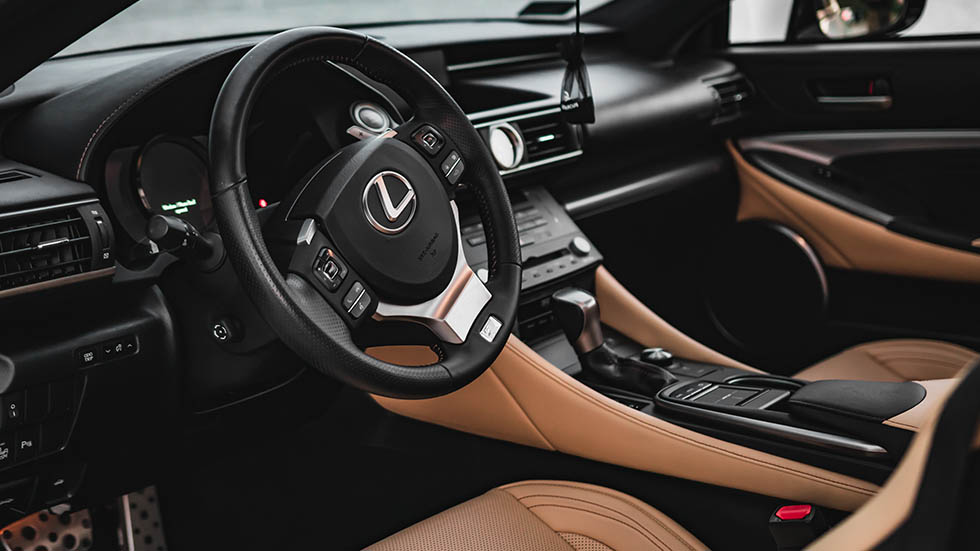WHO OWNS YOUR FAVORITE CAR BRAND AND WHY?
THE LOYALTY TO SPECIFIC MAKES AND MODELS


Americans’ love affair with their vehicles is nothing new. With a robust system of interstates spanning from coast to coast, the road trip often feels like something we invented. It’s no surprise then that many of us develop fierce loyalty to specific brands, makes, and models when it comes to our cars and trucks.

Auto manufacturers are keen to capture that loyalty and have developed brands that speak to certain subsets of consumers and their specific automotive needs. Maserati, for example, is an Italian luxury vehicle manufacturer over 100 years old known for manufacturing sleek, sophisticated sports cars in a high-price range. The Dodge brand, on the other hand, is American muscle embodied, manufacturing purpose-built pickup trucks and sports cars that speak to the outsized personalities of the Americans that drive them. What may surprise owners of both brands is that they’re owned by the same company, Fiat Chrysler.
Developing individual brand personalities to speak to certain consumer subsets is only part of the reason we’ve seen larger manufacturers like General Motors, Volkswagen, Honda, and Ford absorb other brands, bringing them underneath their umbrella. After all, diversification is one way for them to safeguard their businesses against adversity, both economic and otherwise.

Another reason manufacturers tend to do this is to mitigate the costs of research and development as well as share technology between their companies. Partial ownership of brands, like Ford’s stake in Mazda, allows them to outsource parts to those companies and share the burden of costly development. This can also help new makes and models reach market more quickly if they are able to use existing parts or components from other brands in the construction of new vehicles.
According to Toyota, the average vehicle has around 30,000 parts in it, once you’ve counted every nut and bolt. Even the largest of manufacturers cannot expect to build each of these parts in house, so all manufacturers must outsource a portion, if not all, of their parts needs. While certain things like engines, exhausts, or drivetrains may be profitable for a company to build from scratch so they can then claim a proprietary benefit that’s valuable to a consumer, parts like fuel pumps and wheel bearings make no difference to most drivers. As such, it’s these types of parts that are usually outsourced to other companies and as a result, you may find that a single part is the same across multiple brands and models.

As we look down the road five, ten, or even twenty years, the future of the automobile in our lives becomes very foggy. As consumer demand shifts away from internal combustion engines and becomes more interested in autonomous vehicles, it has become a priority for manufacturers to rapidly develop this technology and bring it to market. This sort of development can cost billions, so sharing the burden either through co-ownership or agreements is essential. Ford and Volkswagen, for example, are working together to develop electric and autonomous vehicles to stay competitive without breaking the bank.
So, what do these relationships between brands and manufacturers mean for end consumers like you? The short answer is that the more common a vehicle, the more likely it is that it shares components with other common vehicles. This can not only reduce the cost of ownership in the long run due to easy availability of parts, but it also means finding a knowledgeable repair professional who can work on your car or truck will be more easy as well. As you consider your next vehicle and focus in on a make and model, be sure to research the development of that model so that you stay informed on which components have gone into its construction. Developing this understanding can not only help ensure you’re satisfied with your purchase, but it can also help you understand the cost of components when it comes time for repair.
